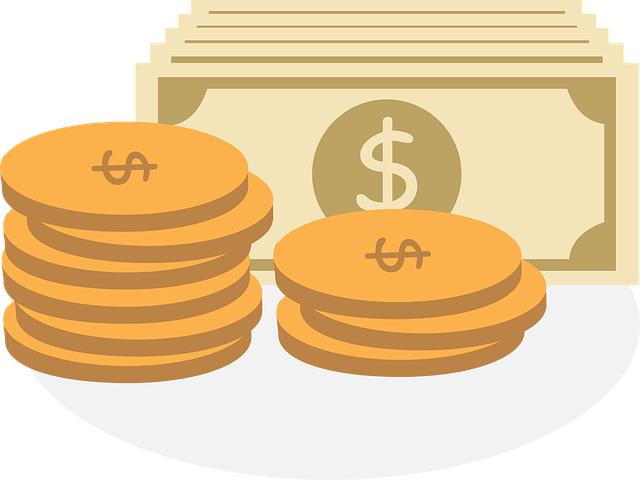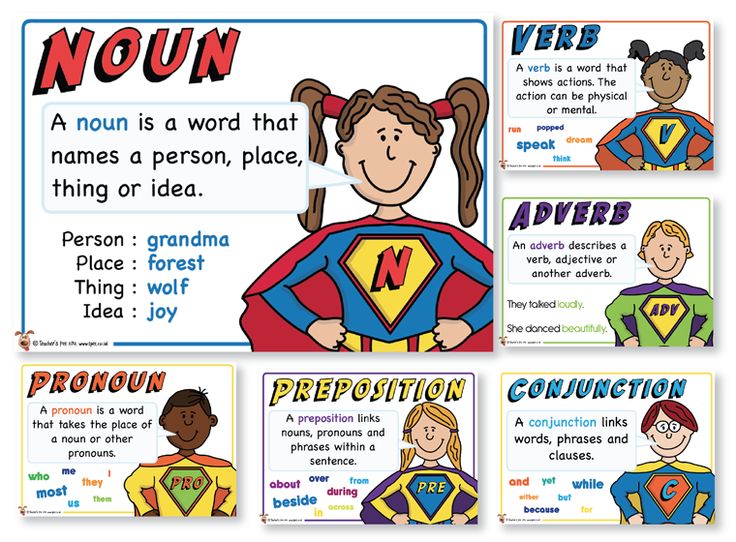New and experienced homeschoolers alike often invest in an all-in-one homeschool curriculum and for good reasons. Right out of the box, it provides guidance on what, when, and how to teach the major subjects, with lesson plans, clear learning goals and standards, and assessments built right in. While a boxed curriculum is a great way to provide structure in your homeschool, it does not have to become a rigid taskmaster. The following tips illustrate how you can take advantage of the framework of a ready-made curriculum while still maintaining the flexibility to personalize your child’s education.
The Convenience of a Boxed Curriculum
When I started homeschooling, I purchased a well-known all-in-one curriculum which turned out to be a lifesaver because it helped me to help my children learn the basics. The curriculum provided a strong foundation so that by the time my kids reached upper elementary school, their skills in reading, writing, and math were solid. Gradually, they began directing their own learning, choosing the resources they wanted to use for different subjects, and managing their own schedules.
As we followed the curriculum’s general framework, I learned to make adjustments where needed. For example, slowing down or spending more time on concepts we were struggling with. Skipping repetitive exercises and moving on to more challenging material when appropriate. Swapping out resources — replacing dry worksheets with digital tools like hyperdocs or task cards. Modifying schedules to fit the needs of our family.
Fortunately, the Internet is full of quality, free educational resources to customize and enrich whatever you’re working on. From simple review game sites for going over math and grammar concepts, to videos, interactive lessons, ebooks, online courses, and hands-on project sites, you can find something for any subject with a simple Google search. To narrow things down a bit, you can check out this site’s Resource Directory for some curated collections.
Put those free resources to good use in a variety of ways.
Turn Facts into Stories
Present information not as a series of isolated facts, but as compelling narratives, like the story-based activities and resources in this post. Transform dates and events into captivating stories of individuals, societies, and their struggles.
Incorporate Hands-On Activities
Projects, experiments, and creative activities can really bring lessons to life. In addition, make learning more relevant by connecting lessons to real-world experiences, like money matters, everyday math and science, and other life skills. Visits to museums, farms, zoos, and taking the learning outside can also help make abstract lessons more tangible.
Cultivate A Spirit of Inquiry
Employ a question and answer format using thought-provoking books and podcasts to spark curiosity.
Add Interesting Visuals
Use interactives, videos, ebooks, infographics, and other visual aids to help explain complex ideas.
Create Learning Themes
There are many fun, engaging topics that can help tie together multiple subjects. For example, units on
– oceans
–snow
The possibilities are endless – which leads to the next point.
Follow Your Child’s Interests
With so many free resources available covering varying topics, it’s easy to help your children pursue their interests and hobbies. And with the numerous free AI tools now available, you can customize and adapt resources to fit your child’s level of understanding, whether they’re working on basic concepts or advanced topics. You can also adjust the same content to accommodate more than one kid.
Don’t Forget to Have Fun
Especially when my kids were little, I often “gamified” what we were learning, either making games up ourselves, or using existing games to help teach different subjects. Check out this curated collection for a variety of hands-on and online games:
Use Alternative Assessments
Instead of relying solely on the traditional quizzes and tests that usually come in a boxed curriculum, explore other ways to assess your child’s progress. Portfolios of creative work, projects, and presentations often provide a more holistic view of learning. You can use the curriculum’s built-in assessment schedule as a guide for regular check-ins on your child’s development.
Having your children present their work to family members or peers at a homeschool co-op for constructive feedback can be particularly effective. My kids liked giving PowerPoints about things they were interested in, and also enjoyed participating in local Toastmaster and debate clubs. Peer review helped them evaluate and reflect on their own work, as well as learn to thoughtfully critique the work of others.
What are some of your favorite tips for enhancing your homeschool curriculum? Feel free to share your ideas in the comments.





